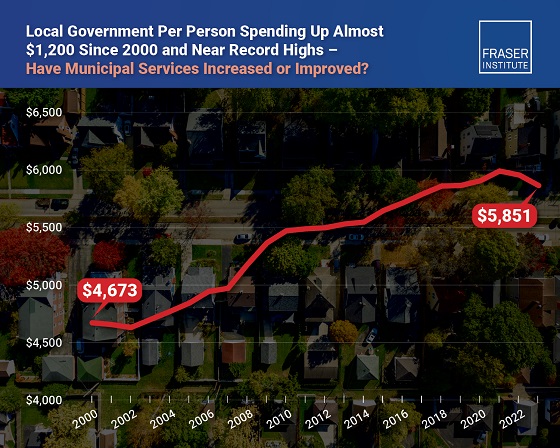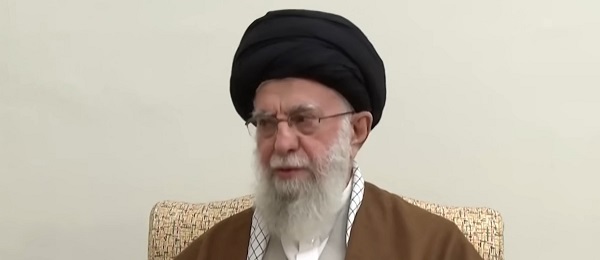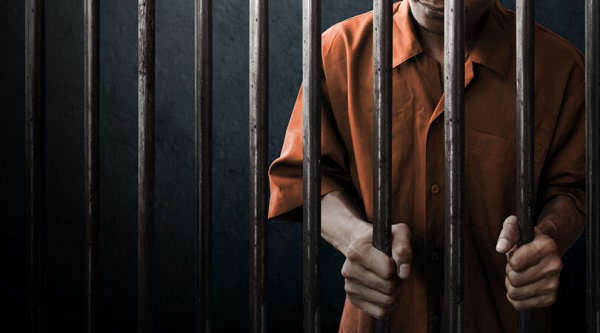Uncategorized
Bill Cosby gets 3 to 10 years in prison for sex assault

NORRISTOWN, Pa. — His Hollywood career and good-guy image in ruins, Bill Cosby was led off to prison in handcuffs Tuesday at age 81, sentenced to three to 10 years behind bars for drugging and sexually assaulting a woman.
The punishment made him the first celebrity of the #MeToo era to be sent to prison and all but completed the dizzying, late-in-life fall from grace for the comedian, former TV star and breaker of racial barriers.
“It is time for justice. Mr. Cosby, this has all circled back to you. The time has come,” Montgomery County Judge Steven O’Neill said. He quoted from victim Andrea Constand’s own statement to the court, in which she said Cosby took her “beautiful, young spirit and crushed it.”
Cosby declined the opportunity to speak before the sentence came down, and afterward sat smiling, laughing and chatting with his
Cosby’s lawyers asked that he be allowed to remain free on bail while he appeals his conviction, but the judge appeared incredulous over the request and ordered him locked up immediately, saying that “he could quite possibly be a danger to the community.”
The comedian removed his watch, tie and jacket and walked out in a white dress shirt and red suspenders, his hands cuffed in front of him.
Former model Janice Dickinson, who was among the 60 or so women who have come forward to accuse Cosby of drugging and violating them over the past five decades, looked at Cosby and said: “Here’s the last laugh, pal.”
Another Cosby accuser in the courtroom, Lili Bernard, said: “There is solace, absolutely. It is his fame and his fortune and his
The punishment, which also included a $25,000 fine, came at the end of a two-day hearing at which the judge declared Cosby a “sexually violent predator” — a modern-day scarlet letter that subjects him to monthly
The comic once known as America’s Dad for his role on the top-rated “Cosby Show” in the 1980s was convicted in April of violating Constand, Temple University women’s basketball administrator, at his suburban Philadelphia estate in 2004. It was the first celebrity trial of the #MeToo era.
Cosby faced a sentence of anywhere from probation to 10 years in prison. His lawyers asked for house arrest, saying Cosby — who is legally blind — is too old and vulnerable to do time in prison. Prosecutors asked for five to 10 years behind bars, saying he could still pose a threat to women.
Montgomery County District Attorney Kevin Steele rejected the notion that Cosby’s age and infirmity entitle him to mercy. “He was good at hiding this for a long time. Good at suppressing this for a long time. So it’s taken a long time to get there,” Steele said.
The sentencing came as another extraordinary #MeToo drama unfolded on Capitol Hill, where Supreme Court nominee Brett Kavanaugh stands accused of sexual misconduct more than three decades ago.
The Cosby case “really raised awareness of the pervasiveness of … sexual misconduct against subordinates and against women of relatively less power,” said Daniel Filler, dean of Drexel University’s law school. “For jurors, I think it’s inherently changed the credibility of the accusers.”
The judge ruled on Cosby’s “sexually violent predator” status after a psychologist for the state testified that the entertainer appears to have a mental disorder that gives him an uncontrollable urge to have sex with women without their consent. When the ruling came down, a woman in the courtroom shot her fist into the air and whispered, “Yessss!”
In a statement submitted to the court and released Tuesday, Constand, 45, said that she has had to cope with years of anxiety and self-doubt. She said she now lives alone with her two dogs and has trouble trusting people.
“When the sexual assault happened, I was a young woman brimming with confidence and looking forward to a future bright with possibilities,” she wrote in her five-page statement. “Now, almost 15 years later, I’m a middle-aged woman who’s been stuck in a holding pattern for most of her adult life, unable to heal fully or to move forward.”
She also wrote of Cosby: “We may never know the full extent of his double life as a sexual predator, but his decades-long reign of terror as a serial rapist is over.”
The AP does not typically identify people who say they are victims of sexual assault unless they come forward publicly, which Constand and other accusers have done.
Constand went to police a year after waking up in a fog at Cosby’s gated estate, her clothes askew, only to have the district attorney pass on the case.
Another district attorney reopened the file a decade later and charged the TV star after stand-up comic Hannibal Buress’ riff about Cosby being a rapist prompted more accusers to come forward and after a federal judge, acting on a request from The Associated Press, unsealed some of Cosby’s startling, decade-old testimony in Constand’s related civil suit.
In his testimony, Cosby described sexual encounters with a string of actresses, models and other young women and talked about obtaining quaaludes to give to those he wanted to sleep with.
Cosby’s first trial in 2017 ended with a hung jury. He was convicted at a retrial that opened months after the #MeToo movement had taken down such figures as Hollywood studio boss Harvey Weinstein, NBC’s Matt Lauer, actor Kevin Spacey and Sen. Al Franken.
Constand said Cosby gave her what she thought were herbal pills to ease stress, then penetrated her with his fingers as she lay immobilized on a couch. Cosby claimed the encounter was consensual, and his lawyers branded her a “con artist” who framed the comedian to get a big payday — a $3.4 million settlement she received over a decade ago.
Five other accusers took the stand at the trial as part of an effort by prosecutors to portray him as a predator.
Cosby, whose estimated fortune once topped $400 million, broke barriers in the 1960s as the first black actor to star in a network show, “I Spy.” He went on to superstardom as wise and understanding Dr. Cliff Huxtable on “The Cosby Show,” a sitcom that showed America a new kind of black TV family: a warm and loving household led by two professionals, one a lawyer, the other a doctor.
He also found success with his Saturday morning cartoon “Fat Albert,” appeared in commercials for Jello-O pudding and became a public moralist, lecturing the black community about young people stealing things and wearing baggy pants. He won a Presidential Medal of Freedom and countless Emmys, Golden Globes and Grammy awards.
As the allegations mounted, his career all but collapsed, “Cosby Show” reruns were taken off the air, and one college after another stripped him of his honorary degrees.
___
Associated Press writer Claudia Lauer contributed to this report.
Maryclaire Dale And Michael R. Sisak, The Associated Press
Uncategorized
Kananaskis G7 meeting the right setting for U.S. and Canada to reassert energy ties


Energy security, resilience and affordability have long been protected by a continentally integrated energy sector.
The G7 summit in Kananaskis, Alberta, offers a key platform to reassert how North American energy cooperation has made the U.S. and Canada stronger, according to a joint statement from The Heritage Foundation, the foremost American conservative think tank, and MEI, a pan-Canadian research and educational policy organization.
“Energy cooperation between Canada, Mexico and the United States is vital for the Western World’s energy security,” says Diana Furchtgott-Roth, director of the Center for Energy, Climate and Environment and the Herbert and Joyce Morgan Fellow at the Heritage Foundation, and one of America’s most prominent energy experts. “Both President Trump and Prime Minister Carney share energy as a key priority for their respective administrations.
She added, “The G7 should embrace energy abundance by cooperating and committing to a rapid expansion of energy infrastructure. Members should commit to streamlined permitting, including a one-stop shop permitting and environmental review process, to unleash the capital investment necessary to make energy abundance a reality.”
North America’s energy industry is continentally integrated, benefitting from a blend of U.S. light crude oil and Mexican and Canadian heavy crude oil that keeps the continent’s refineries running smoothly.
Each day, Canada exports 2.8 million barrels of oil to the United States.
These get refined into gasoline, diesel and other higher value-added products that furnish the U.S. market with reliable and affordable energy, as well as exported to other countries, including some 780,000 barrels per day of finished products that get exported to Canada and 1.08 million barrels per day to Mexico.
A similar situation occurs with natural gas, where Canada ships 8.7 billion cubic feet of natural gas per day to the United States through a continental network of pipelines.
This gets consumed by U.S. households, as well as transformed into liquefied natural gas products, of which the United States exports 11.5 billion cubic feet per day, mostly from ports in Louisiana, Texas and Maryland.
“The abundance and complementarity of Canada and the United States’ energy resources have made both nations more prosperous and more secure in their supply,” says Daniel Dufort, president and CEO of the MEI. “Both countries stand to reduce dependence on Chinese and Russian energy by expanding their pipeline networks – the United States to the East and Canada to the West – to supply their European and Asian allies in an increasingly turbulent world.”
Under this scenario, Europe would buy more high-value light oil from the U.S., whose domestic needs would be back-stopped by lower-priced heavy oil imports from Canada, whereas Asia would consume more LNG from Canada, diminishing China and Russia’s economic and strategic leverage over it.
* * *
The MEI is an independent public policy think tank with offices in Montreal, Ottawa, and Calgary. Through its publications, media appearances, and advisory services to policymakers, the MEI stimulates public policy debate and reforms based on sound economics and entrepreneurship.
As the nation’s largest, most broadly supported conservative research and educational institution, The Heritage Foundation has been leading the American conservative movement since our founding in 1973. The Heritage Foundation reaches more than 10 million members, advocates, and concerned Americans every day with information on critical issues facing America.
Uncategorized
Poilievre on 2025 Election Interference – Carney sill hasn’t fired Liberal MP in Chinese election interference scandal
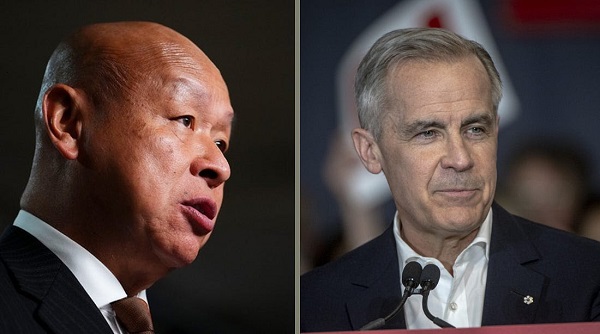
From Conservative Party Communications
“Yes. He must be disqualified. I find it incredible that Mark Carney would allow someone to run for his party that called for a Canadian citizen to be handed over to a foreign government on a bounty, a foreign government that would almost certainly execute that Canadian citizen.
“Think about that for a second. We have a Liberal MP saying that a Canadian citizen should be handed over to a foreign dictatorship to get a bounty so that that citizen could be murdered. And Mark Carney says he should stay on as a candidate. What does that say about whether Mark Carney would protect Canadians?
“Mark Carney is deeply conflicted. Just in November, he went to Beijing and secured a quarter-billion-dollar loan for his company from a state-owned Chinese bank. He’s deeply compromised, and he will never stand up for Canada against any foreign regime. It is another reason why Mr. Carney must show us all his assets, all the money he owes, all the money that his companies owe to foreign hostile regimes. And this story might not be entirely the story of the bounty, and a Liberal MP calling for a Canadian to be handed over for execution to a foreign government might not be something that the everyday Canadian can relate to because it’s so outrageous. But I ask you this, if Mark Carney would allow his Liberal MP to make a comment like this, when would he ever protect Canada or Canadians against foreign hostility?
“He has never put Canada first, and that’s why we cannot have a fourth Liberal term. After the Lost Liberal Decade, our country is a playground for foreign interference. Our economy is weaker than ever before. Our people more divided. We need a change to put Canada first with a new government that will stand up for the security and economy of our citizens and take back control of our destiny. Let’s bring it home.”
-

 Crime2 days ago
Crime2 days agoNational Health Care Fraud Takedown Results in 324 Defendants Charged in Connection with Over $14.6 Billion in Alleged Fraud
-

 Health2 days ago
Health2 days agoRFK Jr. Unloads Disturbing Vaccine Secrets on Tucker—And Surprises Everyone on Trump
-

 Business1 day ago
Business1 day agoElon Musk slams Trump’s ‘Big Beautiful Bill,’ calls for new political party
-
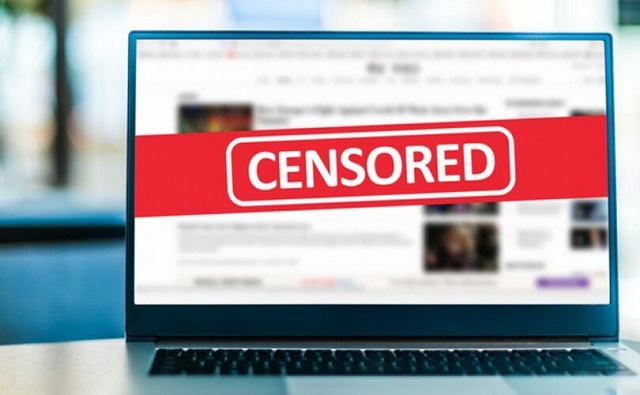
 Censorship Industrial Complex1 day ago
Censorship Industrial Complex1 day agoGlobal media alliance colluded with foreign nations to crush free speech in America: House report
-
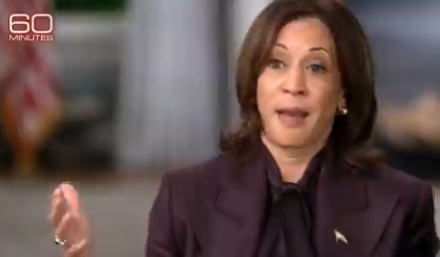
 International21 hours ago
International21 hours agoCBS settles with Trump over doctored 60 Minutes Harris interview
-

 Business13 hours ago
Business13 hours agoLatest shakedown attempt by Canada Post underscores need for privatization
-

 Business13 hours ago
Business13 hours agoWhy it’s time to repeal the oil tanker ban on B.C.’s north coast
-

 Alberta13 hours ago
Alberta13 hours agoPierre Poilievre – Per Capita, Hardisty, Alberta Is the Most Important Little Town In Canada


